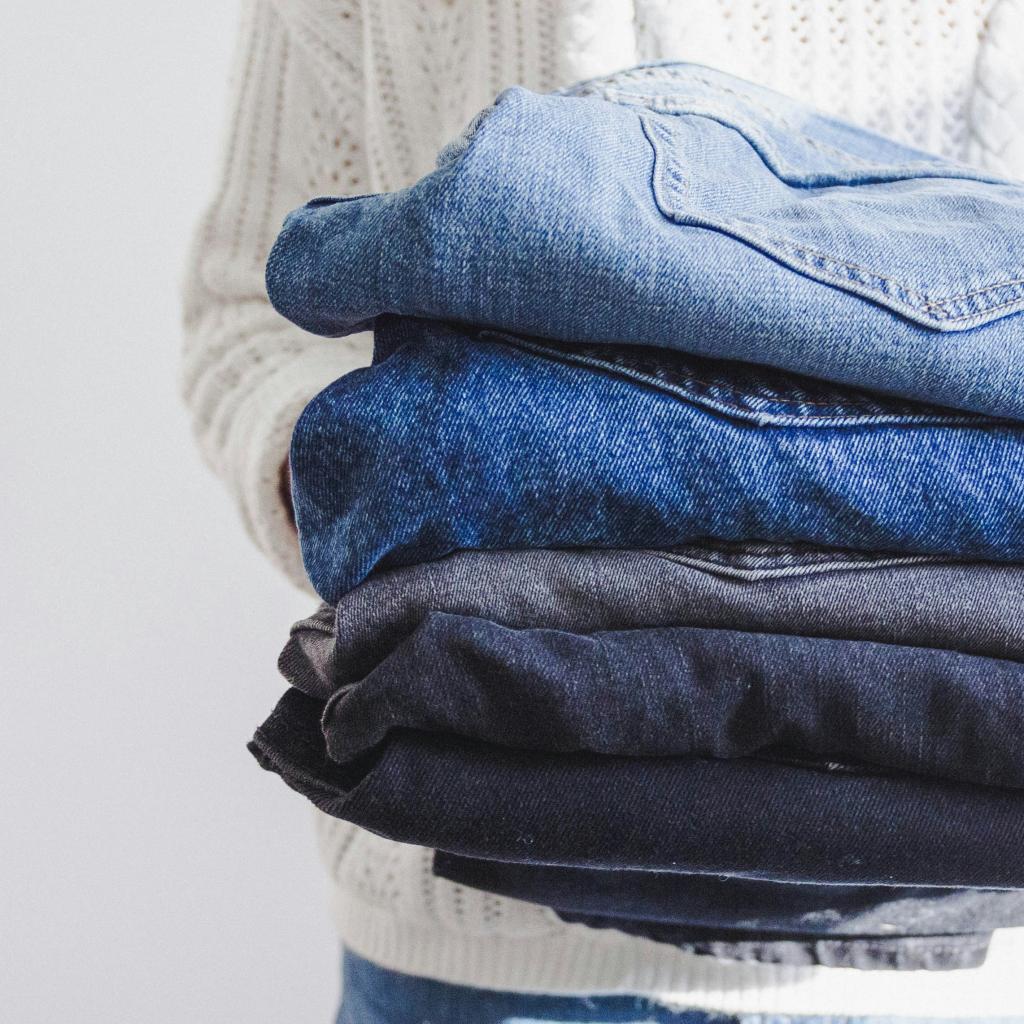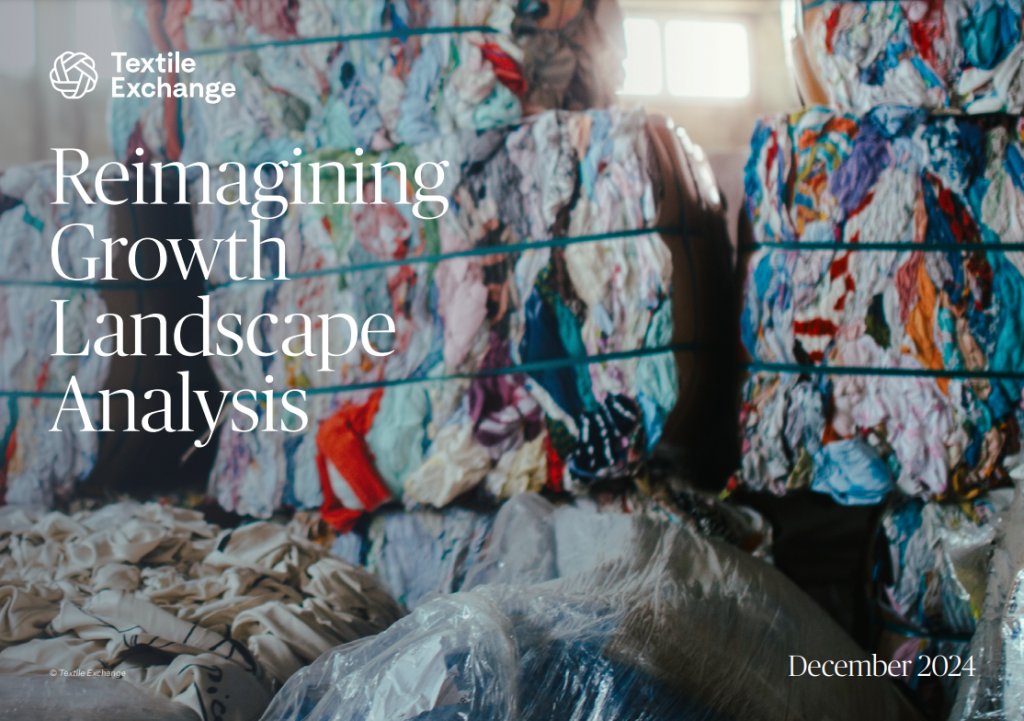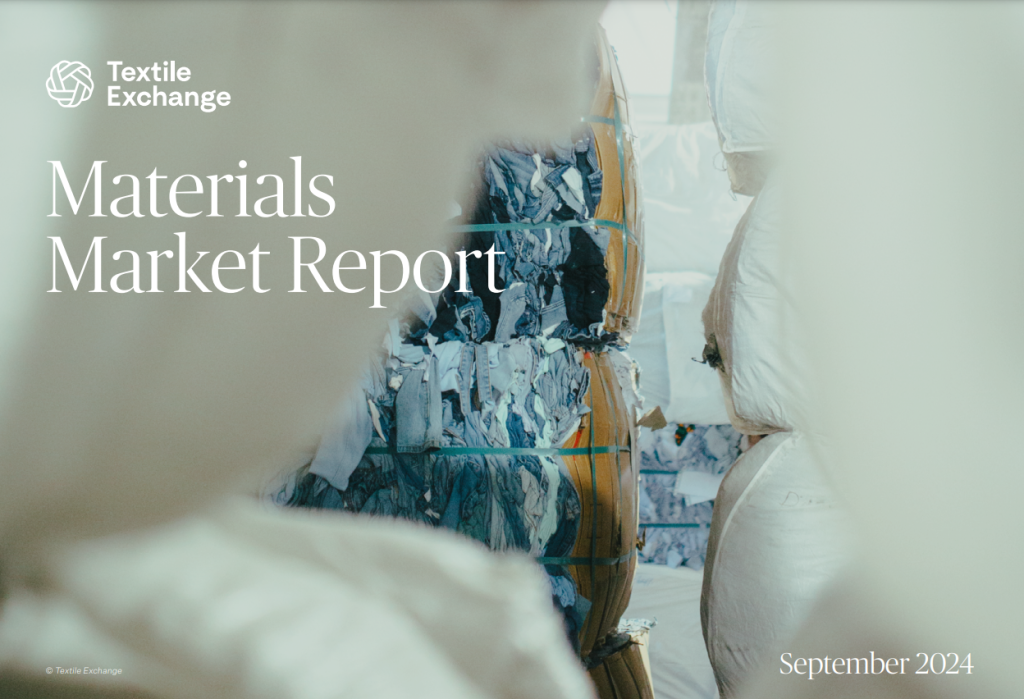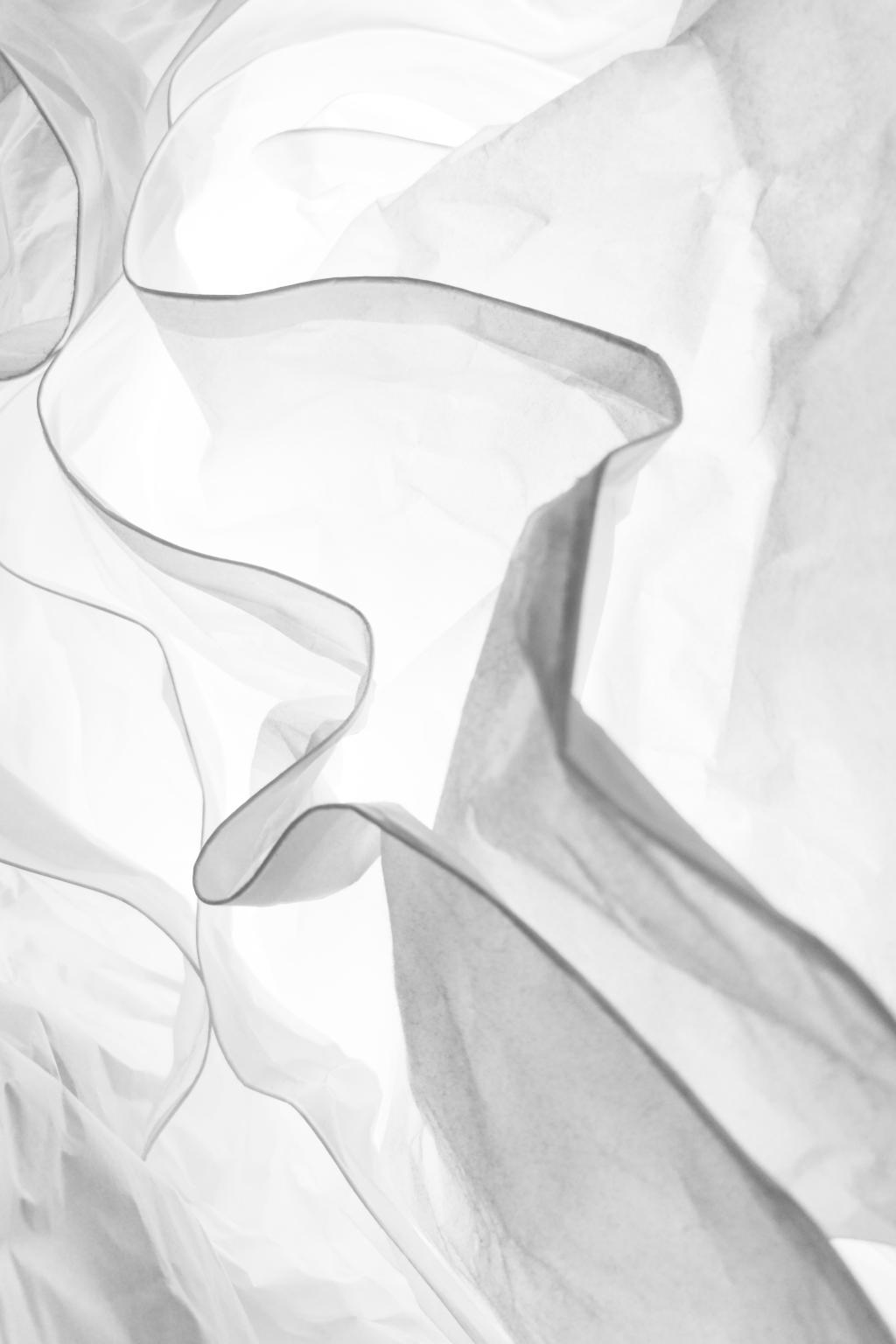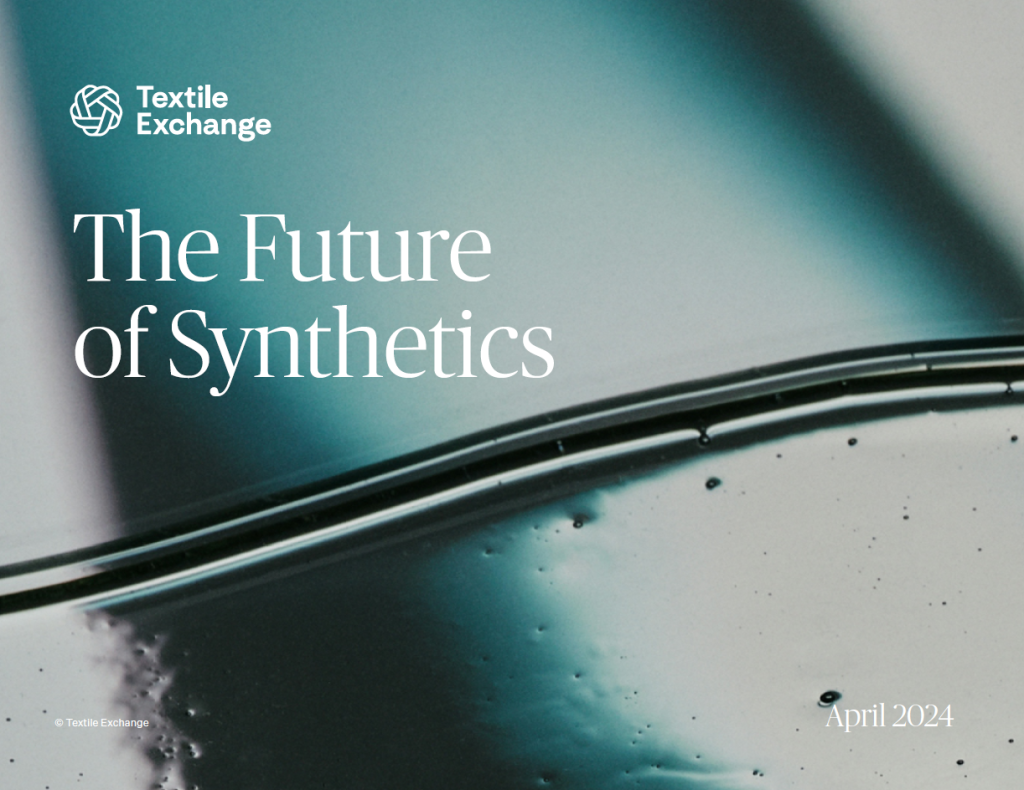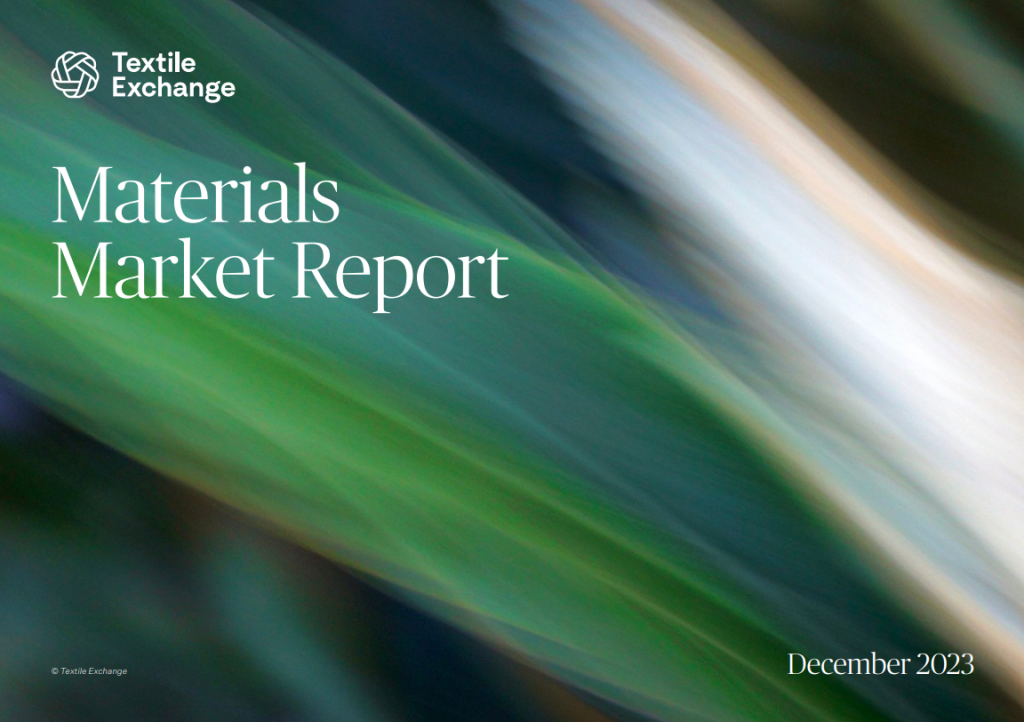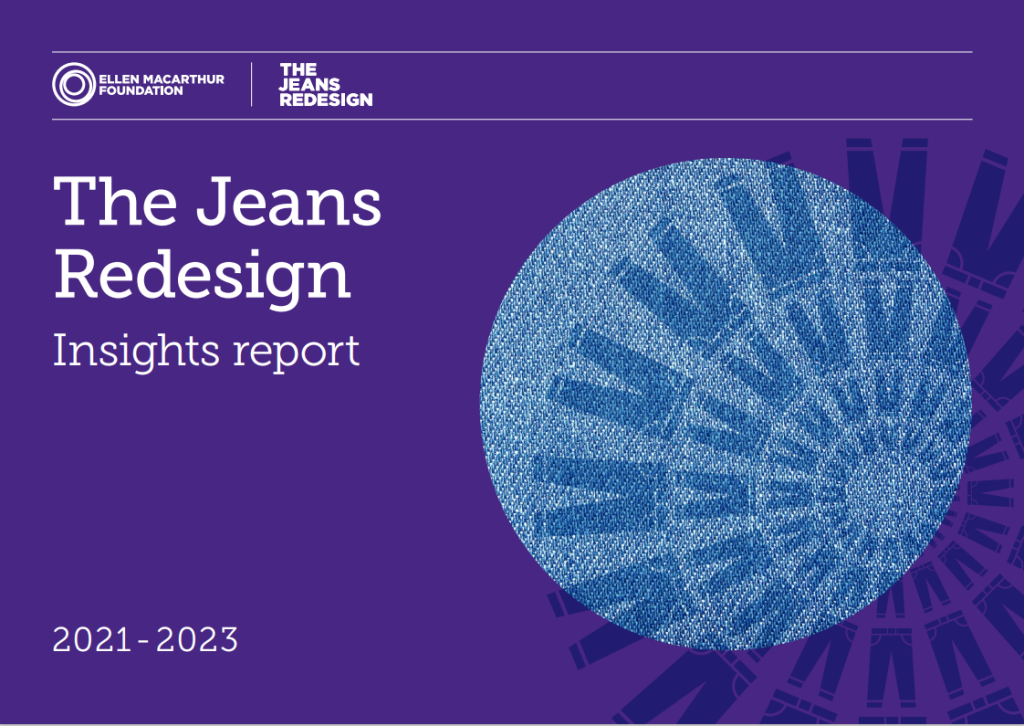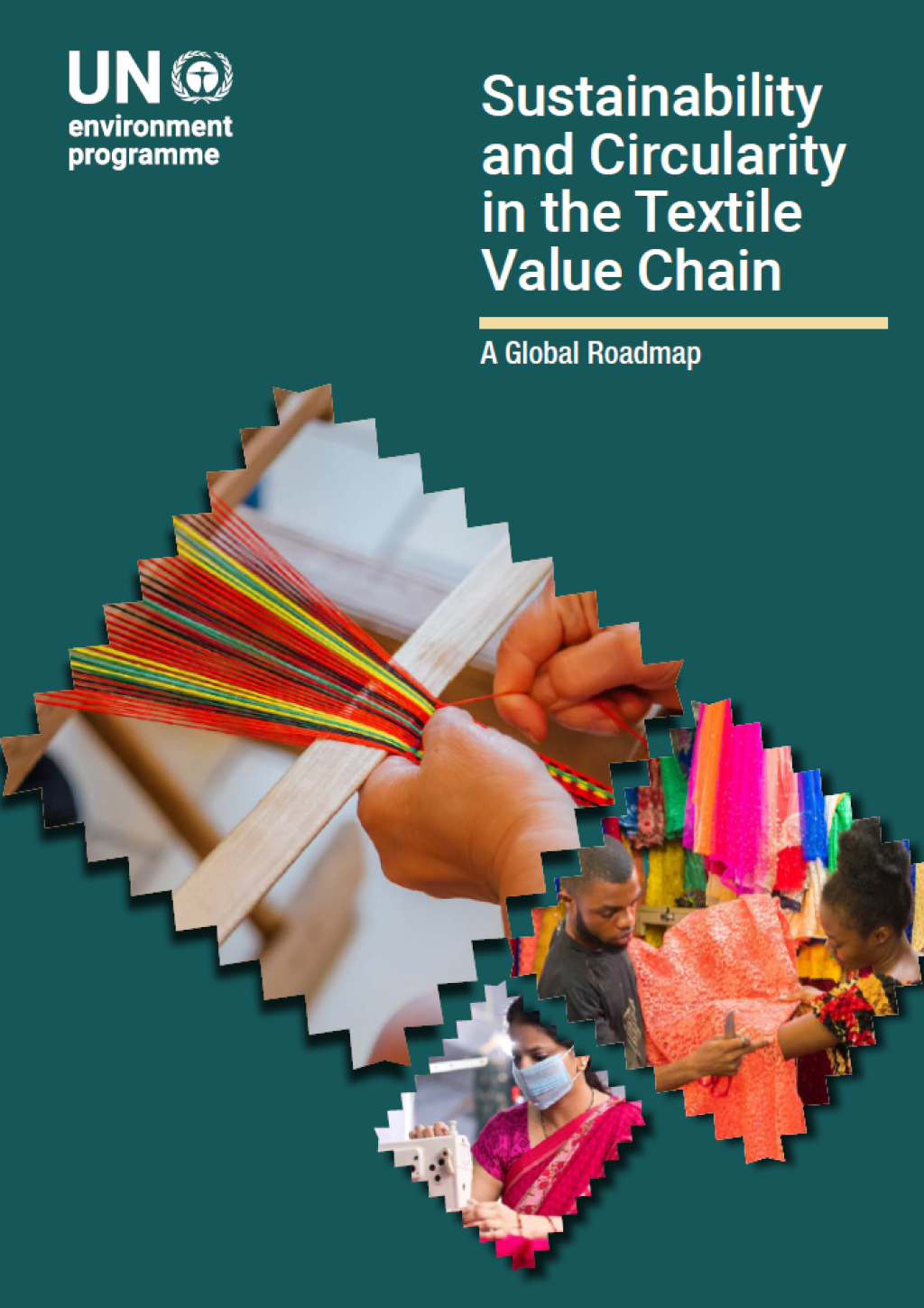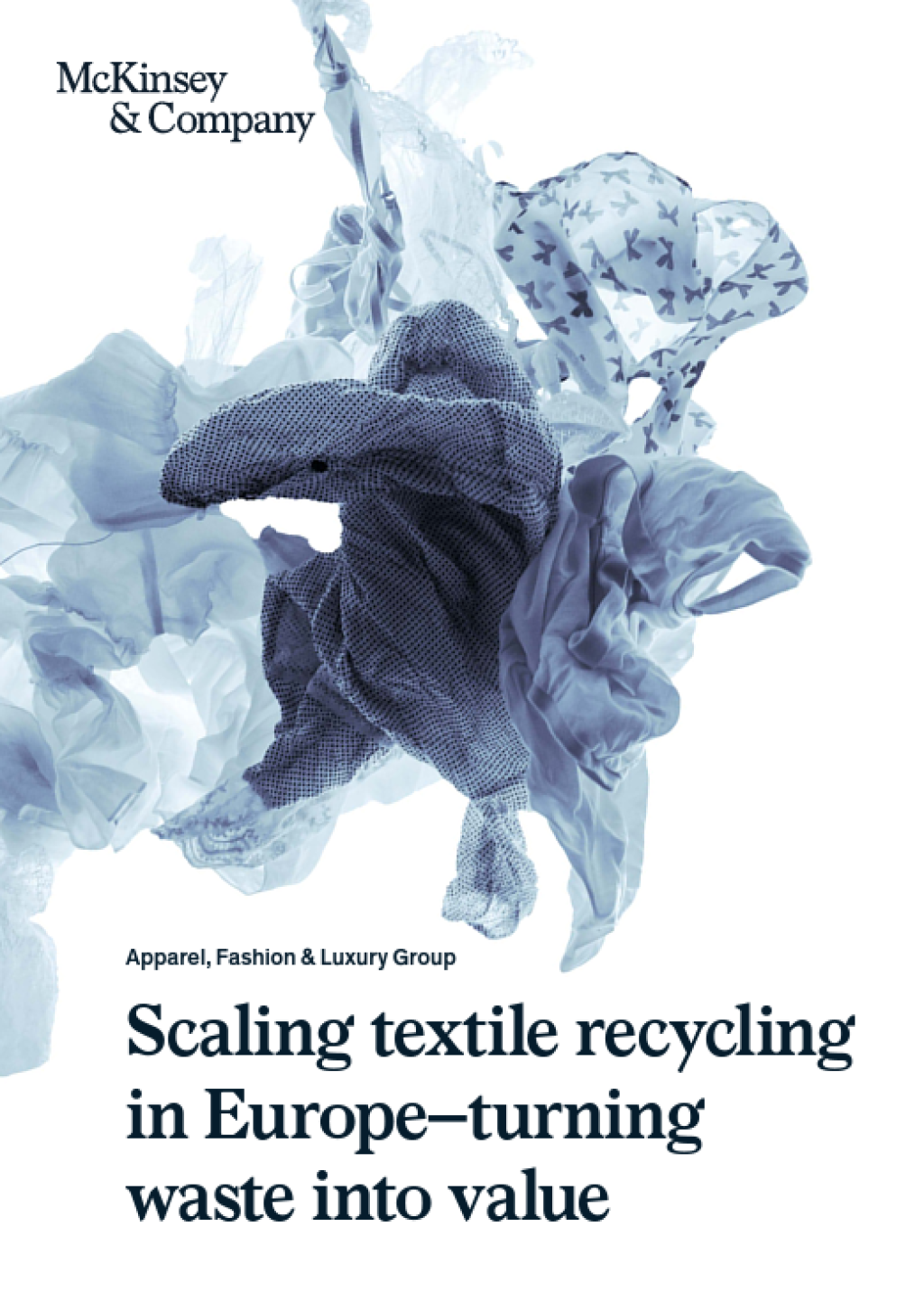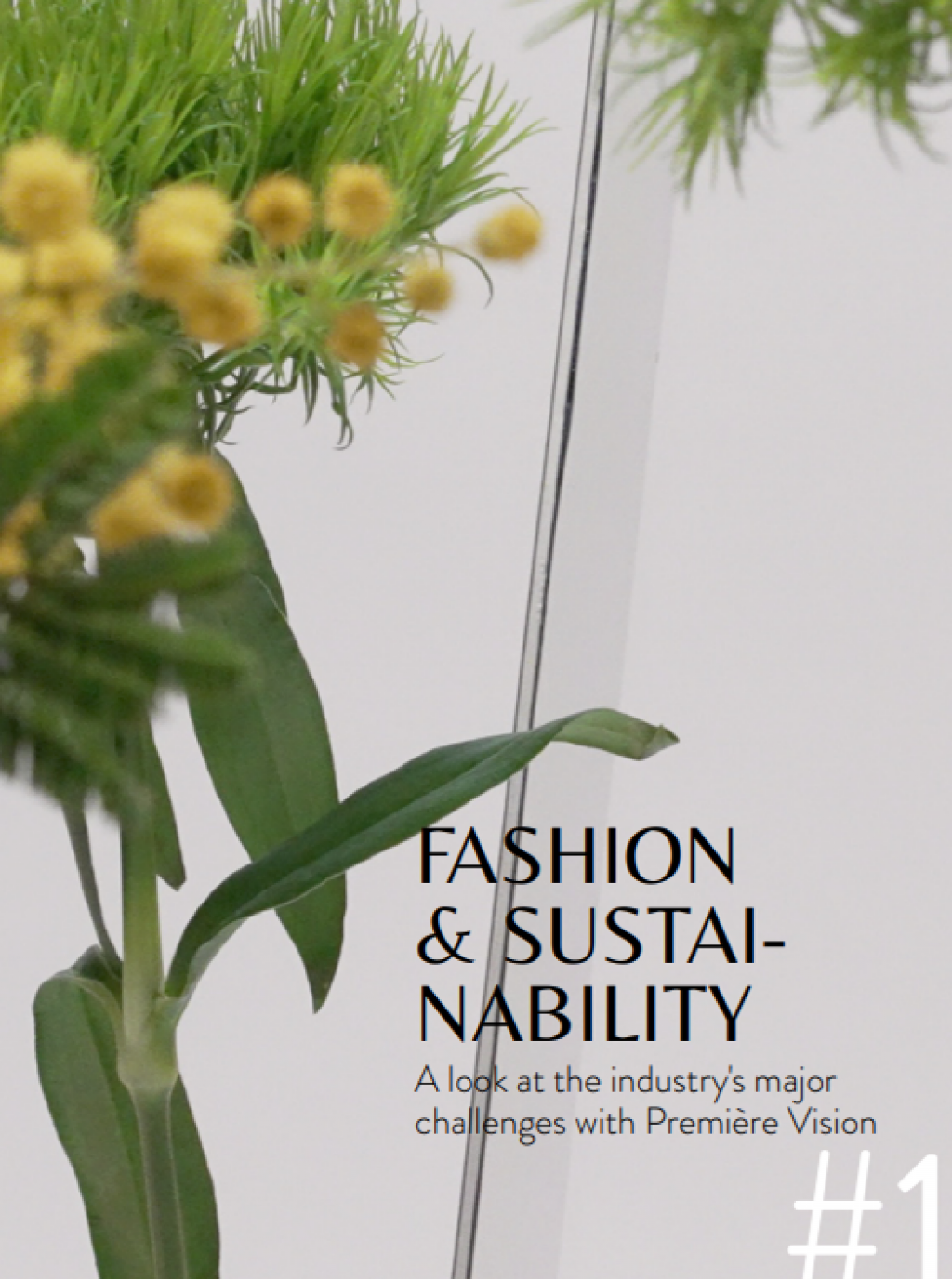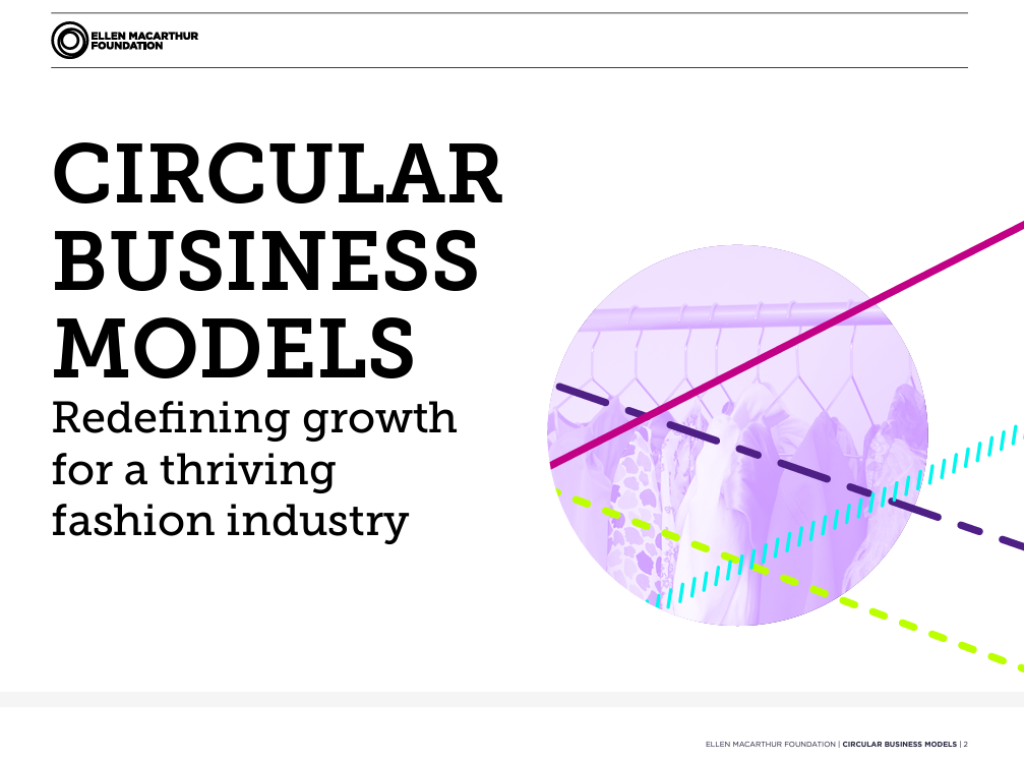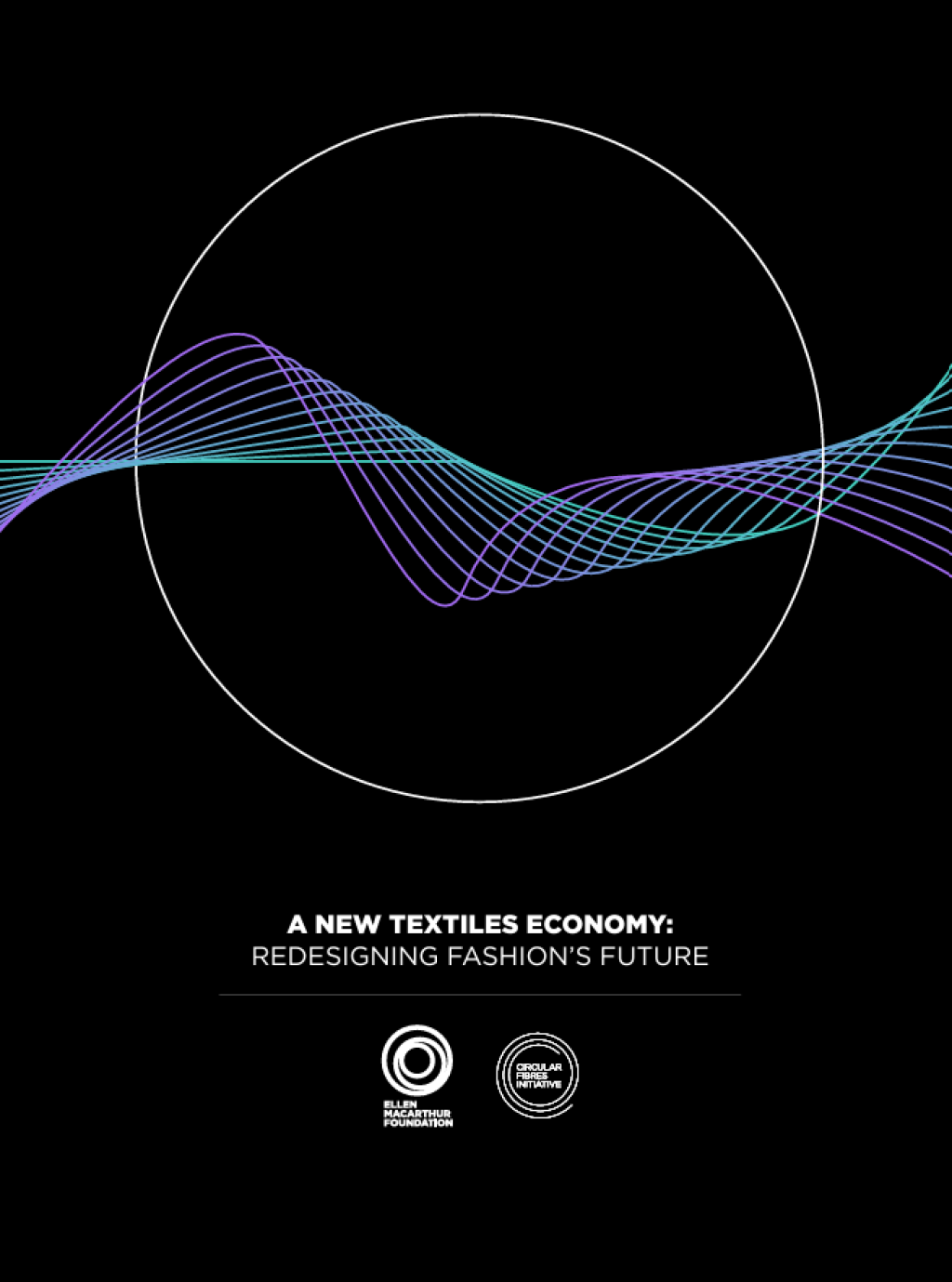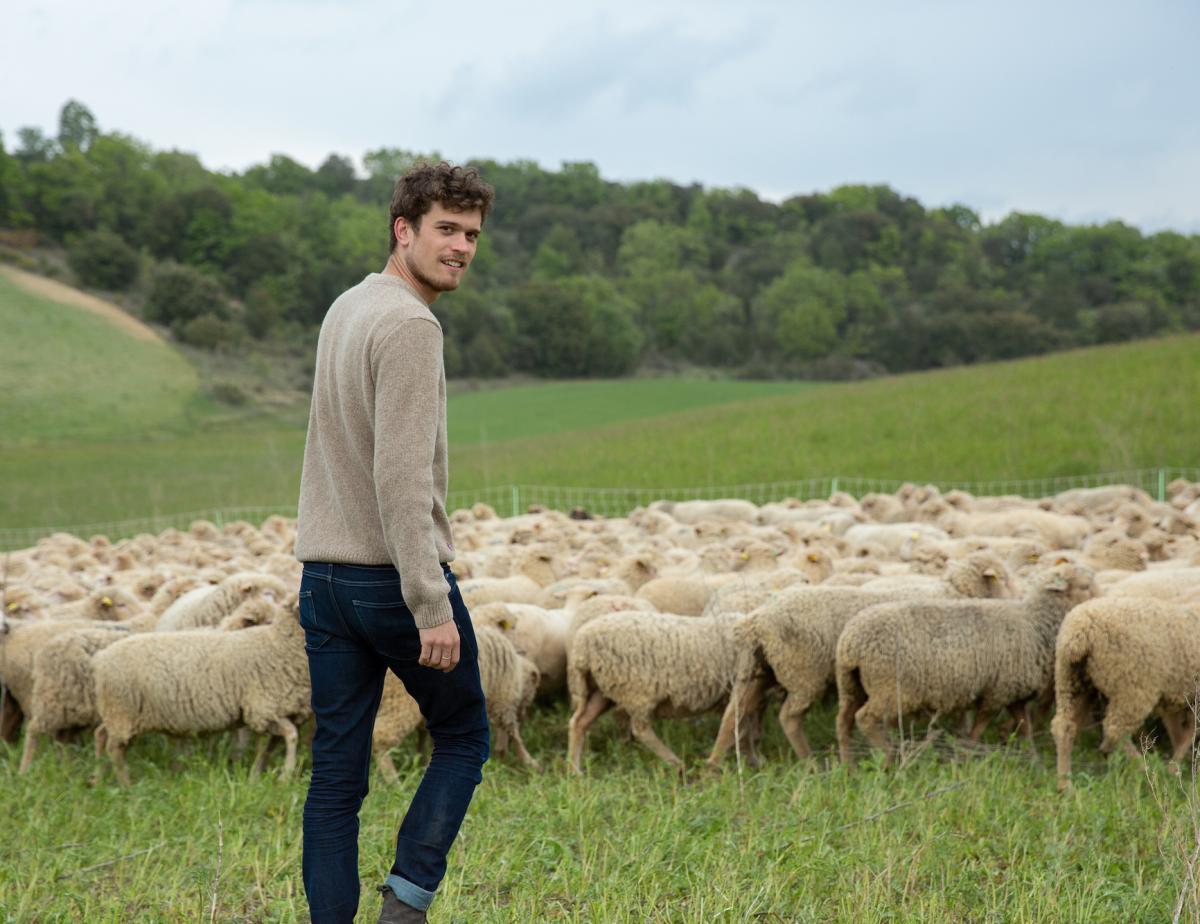
Can you briefly describe your approach?
With the help of the ADEME (French Environment and Energy Agency) and the French Ecological Transition and Solidarity Ministry, Okaïdi implemented environmental impact labelling for 200 items of clothing in its 2019 winter collection. We would like to help our consumers in comparing our products, thereby giving them the opportunity to choose products as informed customers.
Environmental labelling is also a tool that gives us a tangible reference base that we can use in order to move forward more quickly and coherently when taking into account the environmental impact of our collections.
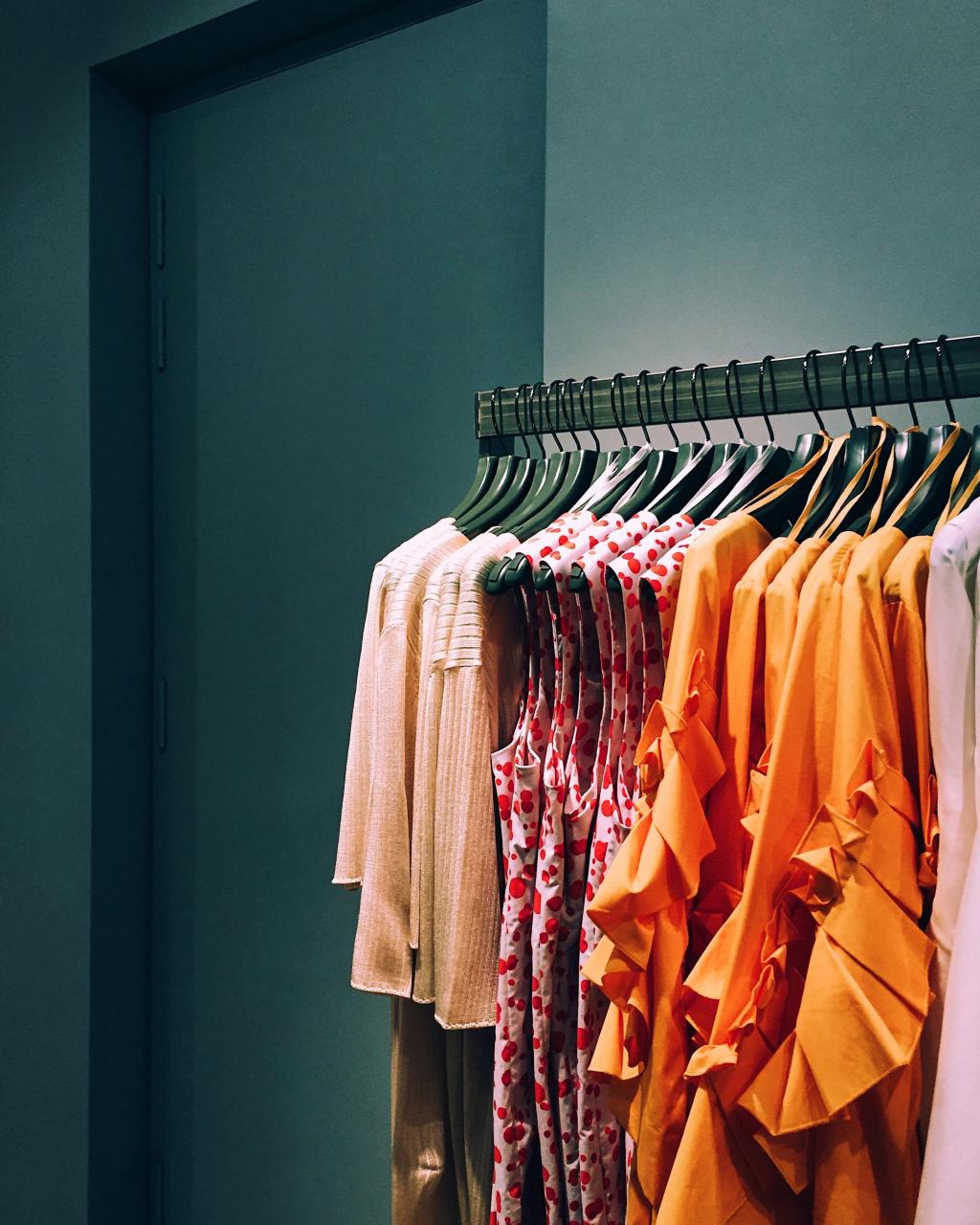

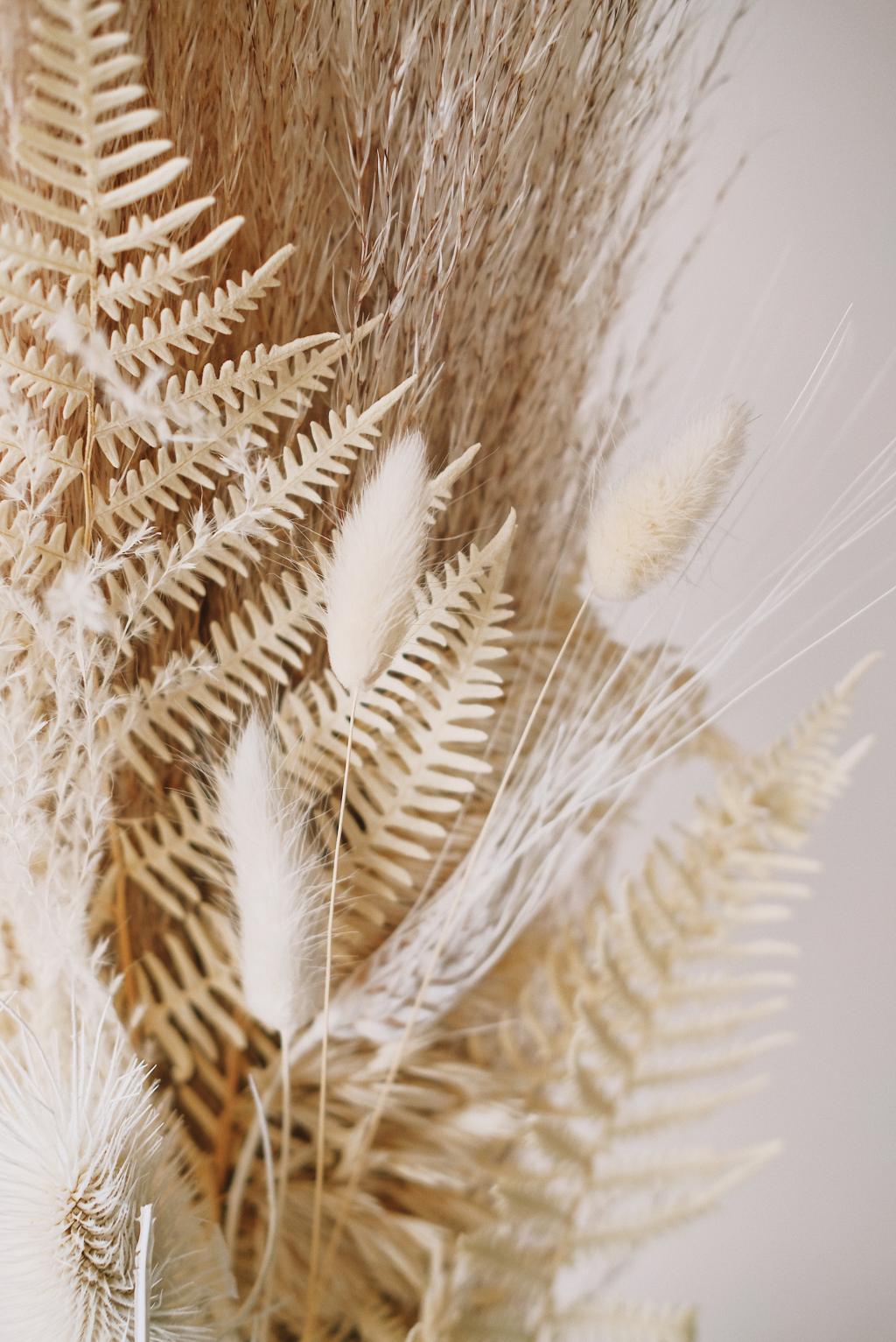
What working method did you use? What were the different stages?
First of all, in 2017 we started life cycle analyses (LCA) on all our products in order to estimate their environmental impacts throughout their life cycles. We used the EIME tool by Bureau Véritas to do this. In parallel, the ADEME provided us with the necessary documents: methodology, functional units, access to the IMPACTS © database, etc. We also performed regular reviews with the ADEME team.
We calculate our environmental impacts using 11 indicators, including the eutrophication of water and climate change. Thanks to LCA, each indicator has a reference enabling us to then attribute a rating to the product. Our classification system starts at A (the lowest environmental impact) to E (the highest environmental impact). Our campaign to communicate about environmental labelling started six months ago.
In parallel we also undertook a market study that had two main objectives:
- To understand our customers’ expectations. It transpired that when buying, the environment was not the first criterion for our customers. This comes after those on attractiveness, price and quality. Our customers did however confirm that it was interesting to have this additional environmental labelling and that it may influence their purchases in the future.
- To measure the capacity of consumers to understand the Okaïdi approach. For example, this study helped us to define a more meaningful logo for our customers; its final version only includes the rating given to the product without detailing all the bare indicators.
Today we are working on standardising reference thresholds for each indicator for different production categories in order to have a non-exhaustive, robust, reliable and streamlined rating system amongst the industry’s different stakeholders.
Did you encounter any obstacles? And if so, which ones?
We had to convince those in operations who perceived this rating system as a hindrance in promoting their products and therefore their sales. Yet, they’re key operational stakeholders. It was necessary for them to embrace the value of implementing a continual improvement process in which our brand is involved. For this purpose, we have, for example, created learning sheets aimed at in-store sales teams.
We also encountered problems in collecting real data for LCA calculations. We had to opt for a mix of real, available data and data from the IMPACTS database for the information we didn’t have. Ultimately we would like to use data that is 100% real.
What were the levers for success?
Okaïdi has a strong social and environmental project. Through this initiative our employees’ pride has been boosted and the company’s mission has brought them together.
We have boosted our work with our suppliers. To facilitate the change in our sourcing policy, we have implemented simple learning tools, such as a questionnaire, enabling suppliers to better embrace the stakes and challenges in sustainable sourcing.
Lastly, collective intelligence of all stakeholders in the textile industry is an important lever for success. The management of various projects, particularly through the project group on environmental labelling comprised of the ADEME, the French Ecological Transition and Solidarity Ministry, Okaïdi and Decathlon, exchanging and sharing the results and best practices saves time, improves efficiency and saves money. Indeed, sustainability goes beyond our company’s project.
Are you looking at ways to improve?
We have identified several areas of improvement for the next few years:
- The sustainability of our products resulting from several decisions made: even if a reduction in the materials used enables a better overall rating to be obtained, it’s necessary to ensure that the product’s durability is not affected and that its quality and resistance to wear and tear remain over time.
- We are also working on the polluting substances used during the manufacture of our products by monitoring that they’re used sparingly and wisely, measured by specific indicators. Okaïdi has established specifications on prohibited substances such as phthalates. For chemical substances that are still required in industrial processes, we are working with our suppliers to use alternative substances that are less harmful. Our criteria to prohibit or to replace a substance include the toxicity to human beings and the environment.
- Lastly, we’re aiming at improving traceability in the textile industry and the reliability of available data.
In terms of quantified objectives, to date, 200 Okaïdi products have environmental labelling, i.e. 10% of our collection. By 2020 we would like this to be 50% of our collection, i.e. 1000 products. In terms of continual improvement our ultimate goal is that environmental labelling is available for 100% of our products.
Thank you Séverine MAREELS.


